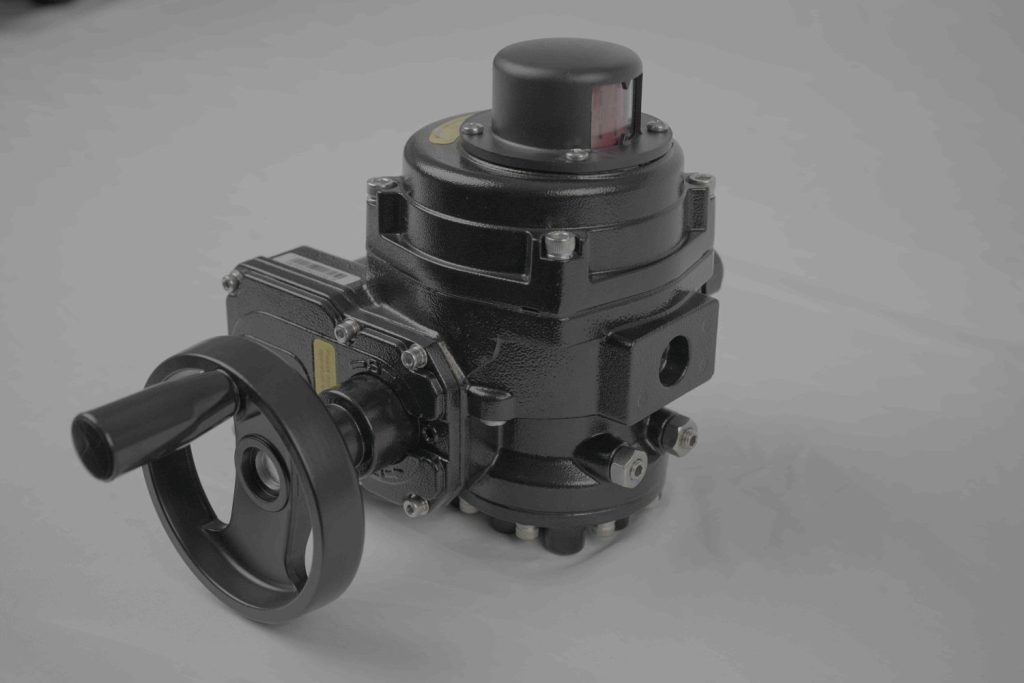Lithium batteries have emerged as a cornerstone of modern energy storage, powering everything from electric vehicles (EVs) to portable electronics and renewable energy solutions. As lithium-ion battery technology continues to advance, the need for safety mechanisms becomes more apparent, especially considering the inherent risks of thermal runaway and pressure buildup. One such critical safety component is the lithium battery valve, an unsung hero that plays a significant role in maintaining the integrity and reliability of these batteries.

What is a Lithium Battery Valve?

A lithium battery valve is a small yet vital component integrated into the design of lithium-ion batteries. It serves as a pressure relief mechanism designed to protect the battery from damage caused by excessive internal pressure. When a lithium battery undergoes extreme conditions—such as overcharging, short-circuiting, or exposure to high temperatures—the internal pressure can rise to dangerous levels. If this pressure is not relieved, it can lead to battery rupture, leakage of hazardous chemicals, or even an explosion. The lithium battery valve functions by automatically opening when the internal pressure of the battery exceeds a predefined threshold, allowing the pressure to vent safely. This helps to prevent catastrophic failure and ensures that the battery remains safe under a wide range of conditions.
